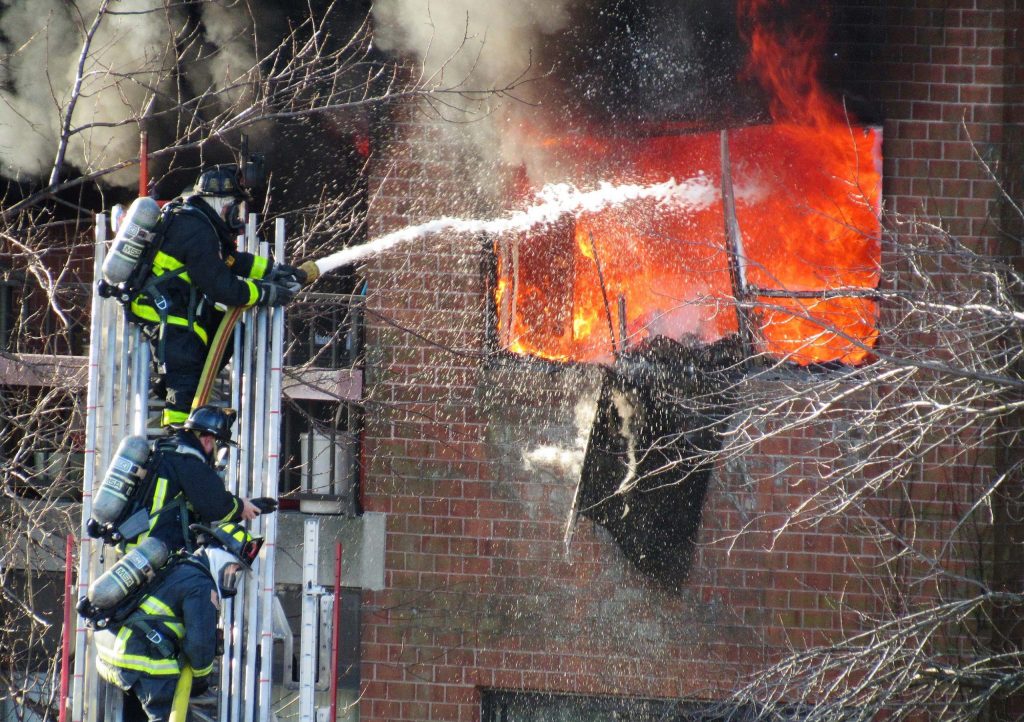Why Air Quality Testing is Important!
In Australia, all employers have a legal duty of care to their employees to ensure that the air is safe for them to breathe. Workers in environments with poor air quality are usually supplied with a respiratory mask or an air fed ventilated breathing apparatus. These areas include firefighting, spray painting, sand blasting, scuba diving, confined spaces and so on. When workers wear an air fed ventilated breathing apparatus, they are relying on it as their primary source of oxygen. Poor air quality can pose a significant risk to health.
The testing of breathing air must comply with Australian Worksafe Standard AS 1715-2009 appendix ‘A’ and for very good reason. If you follow the WorkSafe guidelines, the recommended frequency for breathing air testing should be carried out every 3 – 6 months at a minimum depending on the application and usage.





CONTAMINANTS THAT CAN BE FOUND IN COMPRESSED BREATHING AIR
Essentially breathing air is supplied by an air compressor through breathing air filters and an airline or by pre-filled cylinders. There are various reasons why and how contaminants can become a problem within the air supply. We look at the five most common contaminants found in compressed breathing air.
- Water Vapour
Before air leaves a compressor, it is cooled down leading to water vapour condensation. As a result, water vapour can be found throughout your breathing air system.
Water vapour in compressed breathing air can be problematic for a few reasons. If the water vapour condenses into liquid, it can then freeze in cold weather, creating a potentially dangerous blockage of air supply. High water content can also increase the risk of exposure to other contaminants, like corrosive particulates.
- Carbon Monoxide
Carbon Monoxide (CO) in compressed air mostly comes through the compressor’s air intake via another source such as a petrol or diesel engine coupled to the compressor as in a trailer mount unit for example. If the exhaust gases or fumes are sucked into the compressor’s air intake, it can travel down the airline and be inhaled by the operator unless a specialised filtration system designed to convert the dangerous CO into CO2 is used.
Carbon Monoxide is dangerous because it competes with oxygen in haemoglobin cells found in your bloodstream. It can cause dangerous symptoms such as disorientation and complete loss of consciousness.
- Carbon Dioxide
Carbon Dioxide (CO2) is a toxic gas. With its odourless, tasteless, and colourless nature, it poses a greater threat to the body’s natural defence mechanisms. Being unable to smell, taste or see it, heightens the dependence on regular testing of breathing air systems.
The exact symptoms of CO2 poisoning depend on the level of concentration in the air. Once CO2 is inhaled, at dangerous levels it disables the blood’s ability to move oxygen to the heart and brain. At just 2% (20,000ppm), it causes dizziness, headaches, an increased heart rate or hearing impairments. At 5%-10%, more severe symptoms include confusion, tiredness, loss of breath, and eventually leads to unconsciousness.
CO2 contaminants compressed in breathing air maybe a result of a few different sources. It’s important to take a look at the air compressor. CO2 can contaminate a compressor’s air intake for a number of reasons. If positioned outside, and the compressor is in an area near vehicles that are running and emitting exhaust, this could contribute to the intake of Carbon Dioxide.
- Oxygen
It’s important to monitor your oxygen levels to ensure you’re not breathing in an inadequate or an excessive quantity. The minimum oxygen concentration in the air required for human breathing is 19.5%.
Between 19.5% and about 12%, you’re likely to suffer from impaired judgement and poor coordination. 10%-12% is likely to cause sickness, tiredness, and dizziness. Low concentrations will result in unconsciousness, heart attack and eventually death.
- Oil Mist
Lastly, but just as important as all of the above, atmospheric air typically contains between 0.05 mg/m3 and 0.5mg/m3 of oil mist. As oil is comprised not just of liquid and aerosol, but also vapour, the common sources are vehicle or motor exhaust and industrial processes such as solvents used to clean piping and threads and glue used to cement connections together.
Potential symptoms of exposure to high concentrations of oil mist include irritation of eyes, shortness of breath, nausea, fever, rapid heartbeat and a burning sensation in the mouth, throat and stomach.
Don’t take a chance with the health and safety of your employees. Book in an Air Quality Test with Compressed Air Testing and have peace of mind that your compressed air system is producing safe clean air as per AS 1715-2009 Australian Standard.
Perth 6000, Western Australia
Copyright © 2022 All rights reserved. Website by Perth Web Media
